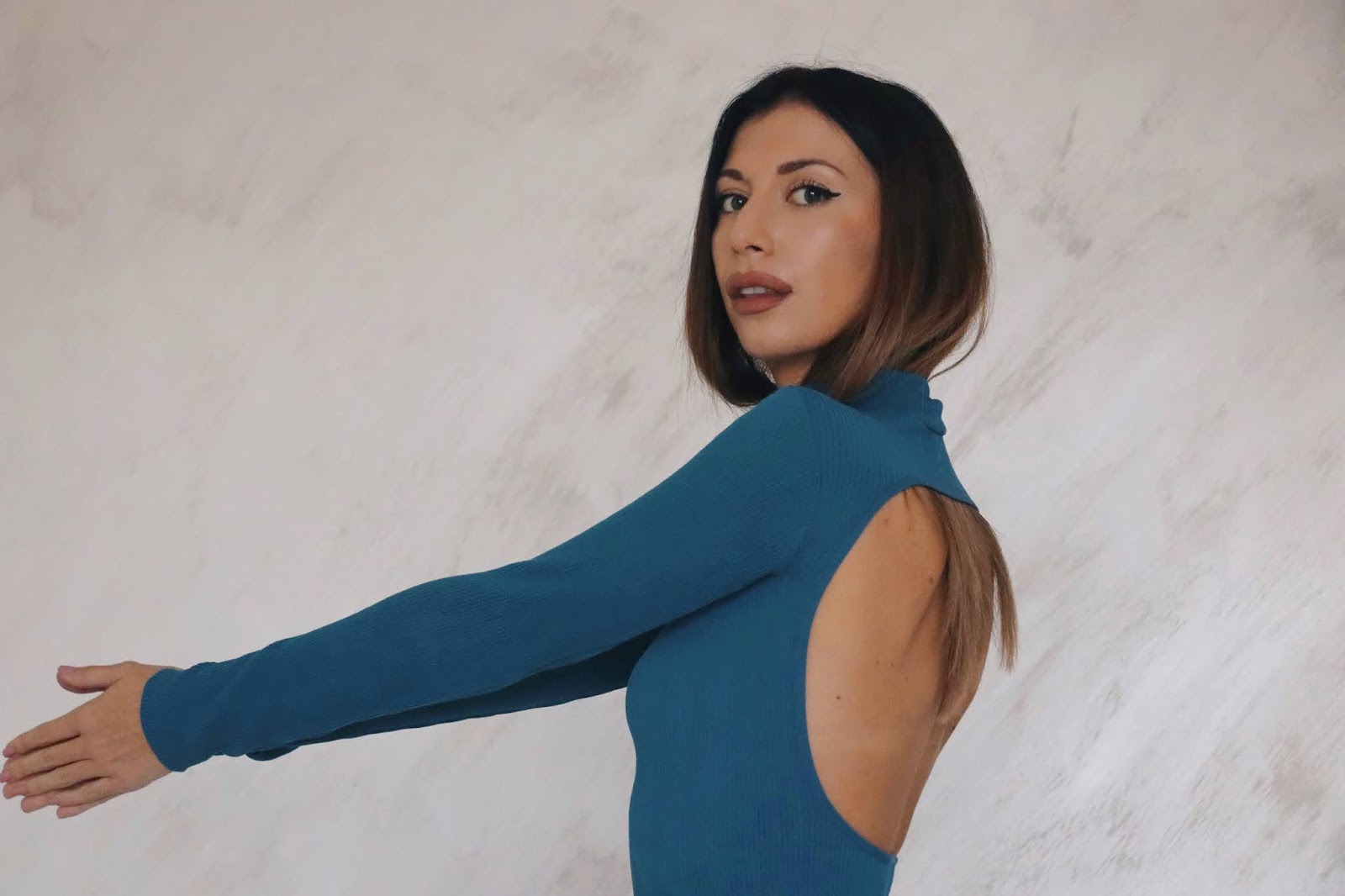It can seem difficult to narrow down the answer to the question, “What is creative writing?” Since creative writing encompasses many types of writing, exploring examples helps define this art form. Use the definition of creative writing and creative writing tips to learn how to become a creative writer. Now, we are not saying your creative writing is bad necessarily, but just that if you want to continue to push yourself in this industry, you will need some work since literature is more competitive now than it ever has been.
You might not like to face that truth, but it is indeed a truth everyone who wants to write and publish successfully must face. I will go into more detail about that in a little bit, but every writer out there needs some writing tips to help them get better. And one of the best ways to get better at creative writing is to first learn and understand the craft of it, and then challenge yourself by completing writing exercises. Because when your time comes to publish, you want a high-quality final product to sell something, and acquire raving fans.
What is Creative Writing?
Creative writing is a form of writing where creativity is at the forefront of its purpose through using imagination, creativity, and innovation to tell a story through strong written visuals with an emotional impact, like in poetry writing, short story writing, novel writing, and more.
It is often seen as the opposite of journalistic or academic writing.
When it comes to writing, there are many different types. As you already know, all writing does not read in the same way.
Creative writing uses senses and emotions to create a strong visual in the reader’s mind whereas other forms of writing typically only leave the reader with facts and information instead of emotional intrigue.
What are the Elements of Creative Writing?
To get better at creative writing, you must understand the elements of what makes writing a book great. You cannot build a car engine without understanding how each part plays a role, right…?
That is the same case with writing.
Here are the elements that make up creative writing and why each is just as important as the other.
Unique Plot
What differentiates creative writing and other forms of writing the most is the fact that the former always has a plot of some sort – and a unique one.
Yes, remakes are also considered creative writing, however, most creative writers create their lot formed by their own unique ideas. Without having a plot, there is no story.
And without a story, you are just writing facts on paper, much like a journalist.
Character Development
Characters are necessary for creative writing. It can be defined as the uncovering of who a character is and how they change throughout our story. From start to end, readers should be able to understand your main characters deeply.
Underlying theme
Almost every story out there has an underlying theme or message – even if the author did not necessarily intend for it too. But creative writing needs that theme or message to be complete.
That is part of the beauty of this form of art. By telling a story, you can also teach lessons.
Visual Descriptions
When you are reading a newspaper, you do not often read paragraphs of descriptions depicting the surrounding areas of where the events took place. Visual descriptions are largely saved for creative writing.
You need them to help the reader understand the surroundings of the characters look like.
This pulls readers in and allows them to imagine themselves in the characters’ shoes – which is the reason people read.
Point of View
There are a few points of view first-person and third-person.
First Person – In this point of view, the narrator is the main character. This means that you will read passages including, “I” and understand that it is the main character narrating the story.
Second Person – Most often, this point of view is not used in creative writing, but rather instructional writing – like this blog post. When you see the word “you” and the narrator is speaking directly to you, it is the second-person point of view.
Third Person – Within this point of view are a few different variations. You have third-person limited, third-person multiple, and third-person omniscient. The first is what you typically find.
Third-person Limited’s narrator uses “he/she/they” when speaking about the character you are following. They know that character’s inner thoughts and feelings but nobody else’s. It is much like the first person, but instead of the character telling the story, a narrator takes their place.
Third-person multiple is the same as limited except that the narrator now knows the inner thoughts and feelings of several characters.
The last, third-person omniscient, is when the narrator still uses “he/she/they” but has all the knowledge. They know everything about everyone.
Dialogue
While non-creative writing can have a dialogue (like in interviews), that dialogue is not used in the same way as it is in creative writing. Creative writing (aside from silent films) requires dialogue to support the story.
It is usually your gut feeling and instincts with daily practice and determination that makes one a novel creative writer.
Written By - Mohammad Ghattas
Edited By - Sravanthi Cheerladinne



.jpeg)







0 Comments